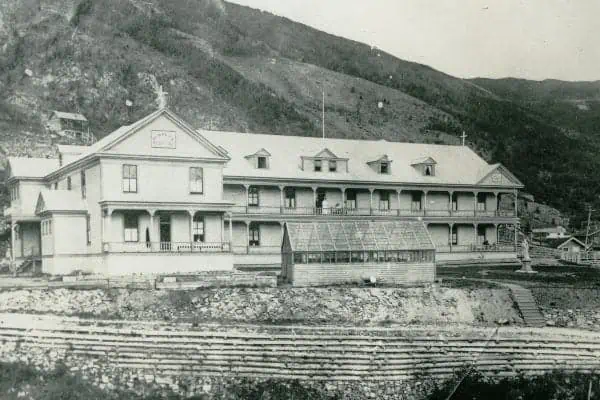I was very pleased to read recently that the L.A. Times reported 571 million print books were
sold in 2015, 17 million more than in 2014. So much for the death of paper and print books.
You might think that someone who’s been writing a book review column for nearly 40 years and lives in a house with 16 (at last tally) floor to ceiling bookcases might have an instinctive bias towards real paper books as opposed to e-books.
You’d be right, but maybe not as right as you’d expect.
Remember when the Kindle first appeared and sales of e-books skyrocketed, prompting the chattering classes to predict the end of the printed page? By now e-books were supposed to have taken over 50 to 60 percent of the market and bookstores were supposed to be nearly as dead as video rental and record stores.
There was, of course, a massive explosion in sales of e-books right after the launch of the Kindle, followed by the KOBO (B-O-O-K: get it?) and the Nook. Everyone had a new toy; they were cool, and they needed to have something to do with them.
I confess that I was reading e-books long before those appeared. I read a few on my various laptops, but really didn’t – and still don’t – find that experience at all satisfactory.
I was a fairly early user of the Palm series of personal digital assistants. They were a handy combination daytimer, address book, audio recorder, mp3 player, alarm clock, timer, and even a crude camera for a reporter to have. You could even write on them, and there was an actual Bluetooth keyboard, to supplement the virtual variety, that went with the last model that I owned.
It actually took about a decade for the various smart phones to duplicate all the features that these now antiquated devices offered.
Palms allowed you to download and read books, imported through your computer and then transferred to SIM cards just like the ones in your digital cameras. eReader and Mobipocket were two of the popular formats and, while they weren’t elegant programs, they did allow you to carry dozens of books around without noticing their weight. The screen was a mere 5.5” square, but the font size was adjustable and the device was backlit so you could read just about anywhere.
I did. I read Stephen King’s entire Dark Tower saga, Dan Brown’s massive thrillers, the Anita Blake and Jim Dresden urban fantasy series, the first 10 Lee Child (Jack Reacher) thrillers, and a fair amount of non-fiction, just to give you a sampling.
I read in malls while my wife was shopping, in theatres while waiting for the feature to begin, in bed by the light of the Palm. The device was actually smaller than carrying a paperback book around, and if the one you were reading got boring, you could switch to another quite quickly without losing your place.
So why haven’t the vastly superior e-book readers of the 21st century managed to wipe out the ink and paper variety? Why have e-book sales maxed out at about 25 percent and seem to be stuck there?
I have some ideas about that, but they’ll have to wait for another column.




